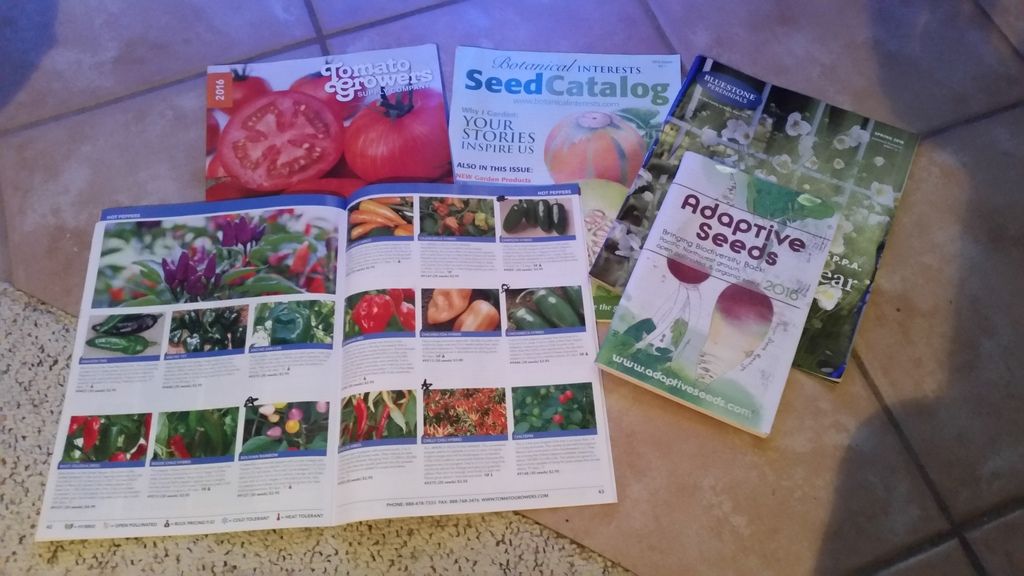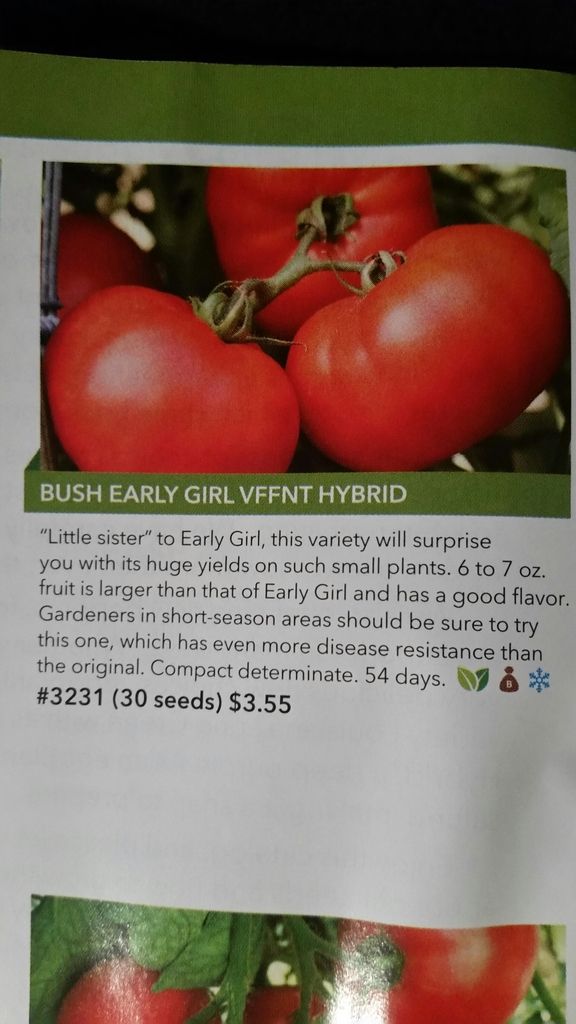Over the Weekend I had the opportunity to attend a seminar at a local garden center where Julia Hofley talked about incorporating golden plants into your landscape. She had an amazing show of 120 plus plants that are a golden, chartreuse, or lime green in foliage or in flowers to brighten up dull areas.
It is important to use a variety of shapes and color into your landscape, otherwise it can be very dull or monotonous with the same green color everywhere.
 This picture, for example, pulled off the Internet, shows a landscape that has a nice layout of shrubs and trees, but it lacks color and pizazz that makes the landscape beautiful. Imagine that yard with the color below.
This picture, for example, pulled off the Internet, shows a landscape that has a nice layout of shrubs and trees, but it lacks color and pizazz that makes the landscape beautiful. Imagine that yard with the color below.That's Julia's point in her presentation. You don't have to settle with just green. Colors come in may forms and shapes, and is not just limited to only flowers or annuals. There are many perennials shrubs, trees, and even evergreens that come in a wide array of colors. Besides just the yellows that Julia dove into in her seminar there are reds, pinks, purples, whites, browns, and burgundy colored leaves to spruce up a colorless yard. Flower color goes beyond these colors, and many plants flower at different times of the year so that you have color all year long even into the dead of winter with the brightly colored stems of the flame willow or the red stemmed dogwood. There is almost a limitless color pallet to play around with for the shady and sunny areas of your yard.
I'm just going to list a few of the plants she talked about because they were so exquisite, and because the fact that I have worked in a garden center for 3 years and never knew these variations existed. I'd love to share them all but I think there would be copyright infringement of some sort in there, don't want that.
 This one blew me away. It is the Goldrush Hydrangea. Absolutely gorgeous!!!
This one blew me away. It is the Goldrush Hydrangea. Absolutely gorgeous!!!It is for zones 6-9 and produces pink flowers in the summer on a compact 4-5' shrub.
 The next one that I loved was the Northern Lights Series Azaleas. Definitely need to get a few of these in my yard. These beauties are for zones 4-8, and typically get 4-5' tall. Best thing about these besides the yellow flowers, is this plant RE BLOOMS in the fall with the red fall foliage!!
The next one that I loved was the Northern Lights Series Azaleas. Definitely need to get a few of these in my yard. These beauties are for zones 4-8, and typically get 4-5' tall. Best thing about these besides the yellow flowers, is this plant RE BLOOMS in the fall with the red fall foliage!!
Next one that is worth a mention is the Gold Cascade Heucherella. I already have a few lime green coral bells and the Iced Tea Foamy Bells, but I need some of these.
Hardy in zones 4-9 and gets pink flowers on the taller stalks. Best aspect of this cascade is that they form runners and keep on growing making a very nice groundcover.
My last mention is the Color Guard Yucca. I love this! Good for zones 4-10 and produces white flowers in early to mid summer.
Julia had lots of great information on these plants and so many more. She gave ideas on how they fit well into garden beds and what other plants they mix well with. She also mentioned a few local gardens to view. Why wouldn't you want to go view someone else's garden and get new ideas for your own?
I strongly encourage you to follow Julia on facebook (Julia.Hofley) and check out her website at Juliasbiglife.com (I think it's still under construction) and also you can email her at Julia@juliasbiglife.com. She is a member of the Garden Writers Association, North American Rock Garden Society, American Conifer Society, and many others, a freelance garden writer, and lecturer. She is such a great person and always has so much information to share. I can't wait til I can attend another one of her lectures.
Thank you Julia for such an awesome lecture on these golden plants.
So get out there and color your landscape!
Til next time-
Shanny
Julia had lots of great information on these plants and so many more. She gave ideas on how they fit well into garden beds and what other plants they mix well with. She also mentioned a few local gardens to view. Why wouldn't you want to go view someone else's garden and get new ideas for your own?
I strongly encourage you to follow Julia on facebook (Julia.Hofley) and check out her website at Juliasbiglife.com (I think it's still under construction) and also you can email her at Julia@juliasbiglife.com. She is a member of the Garden Writers Association, North American Rock Garden Society, American Conifer Society, and many others, a freelance garden writer, and lecturer. She is such a great person and always has so much information to share. I can't wait til I can attend another one of her lectures.
Thank you Julia for such an awesome lecture on these golden plants.
So get out there and color your landscape!
Til next time-
Shanny








